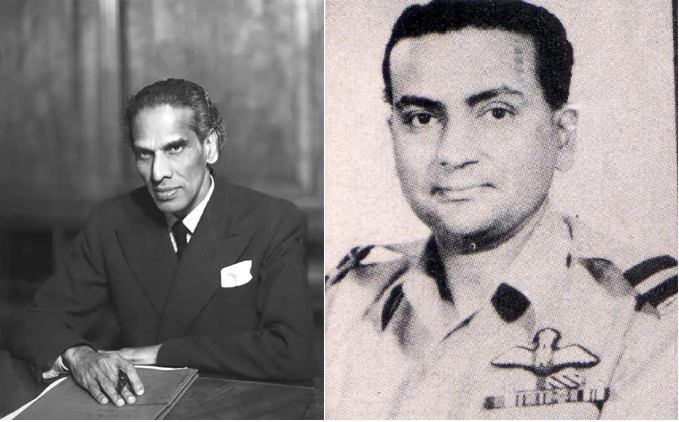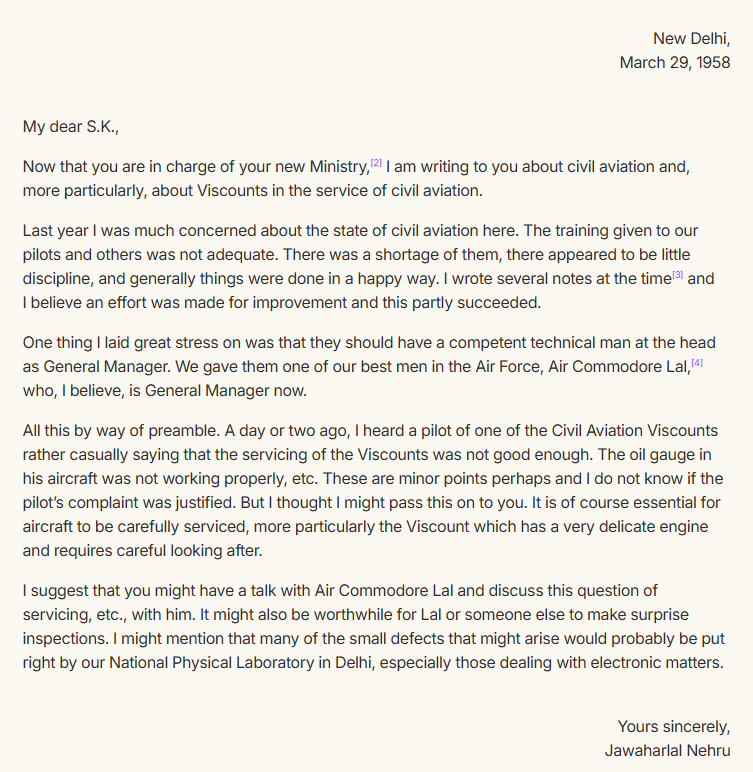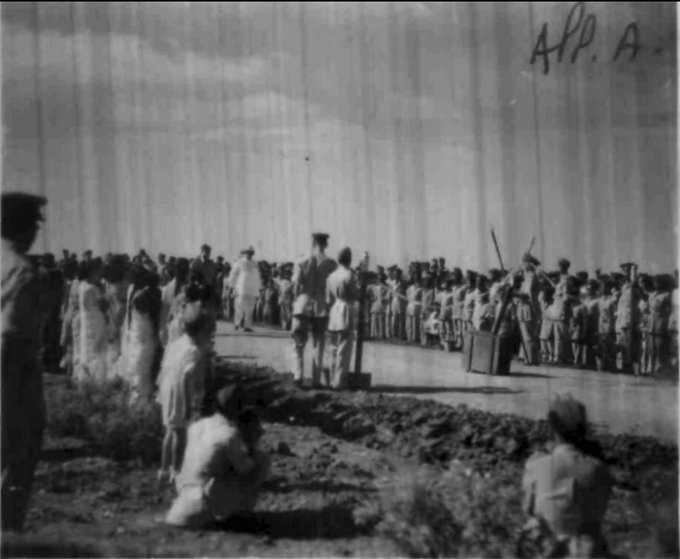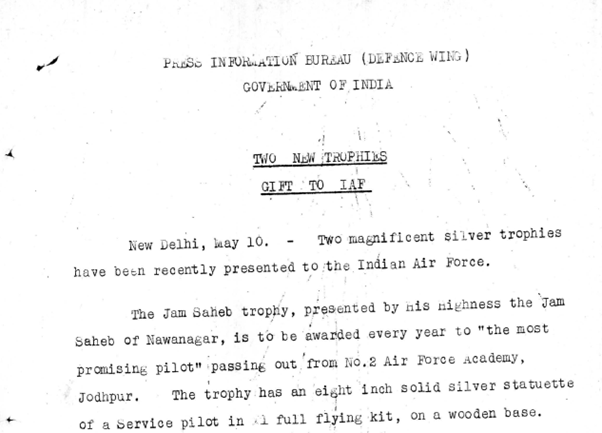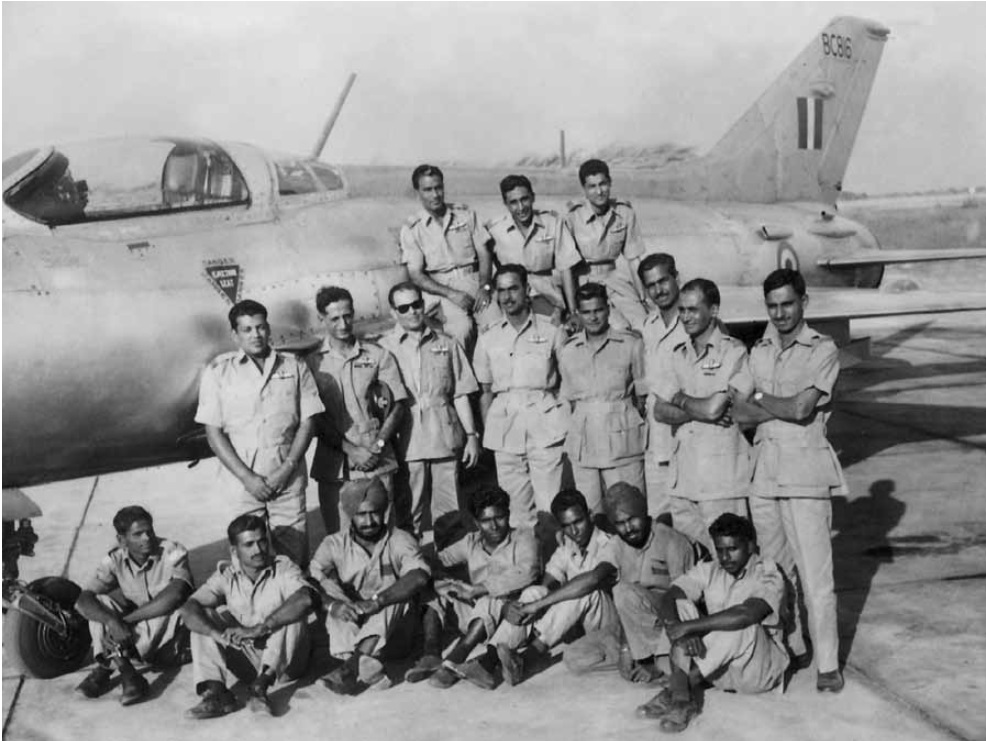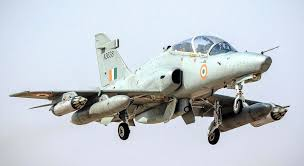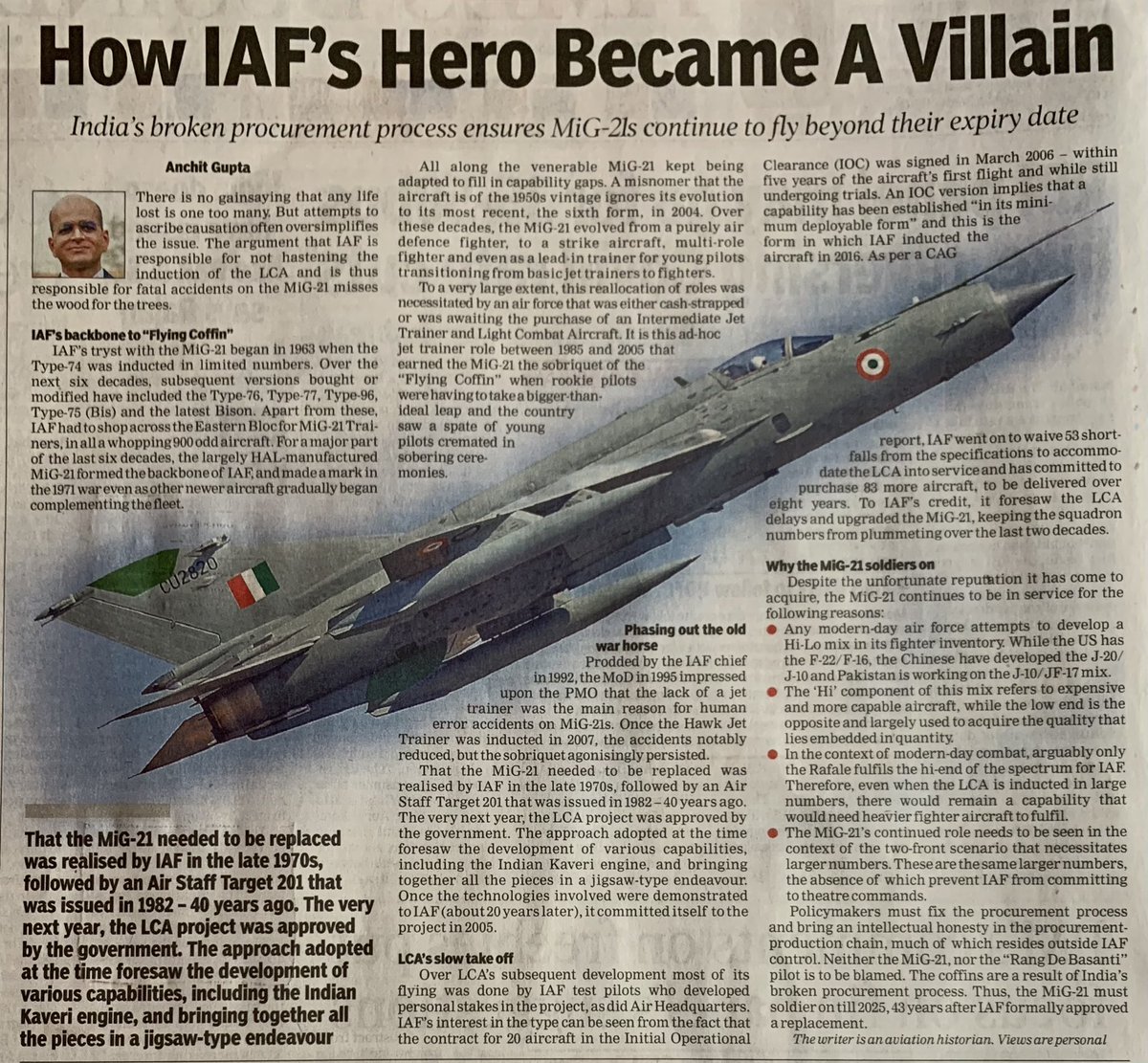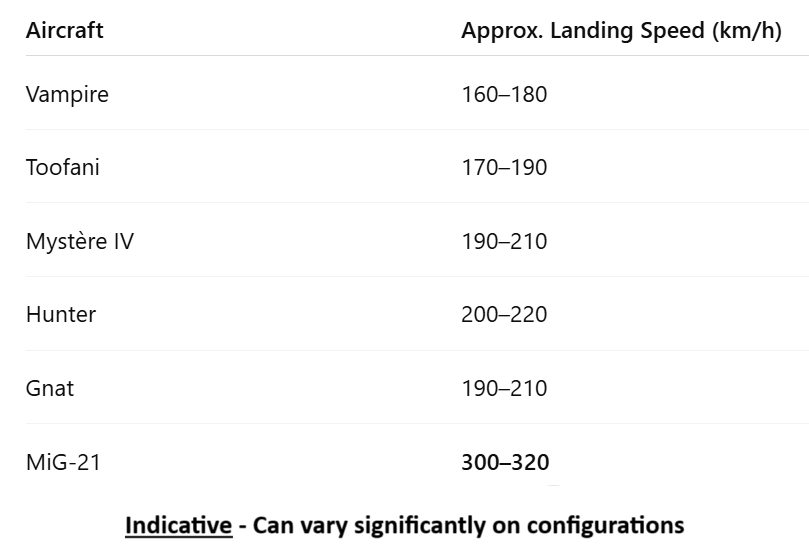The hereto unknown, intertwined link of 12 Sqn @IAF_MCC , Navigation Training School, Airspeed Oxford aircraft, and Risalpur. Contrary to popular belief, it emerges that 12 Sqn, soon after its formation in Dec 1945, was also dual-hatting as a Nav Trg School #IAFHistory (1/6) 

12 Sqn was equipped with Airspeed Oxford aircraft between Jan-Aug 1946 and was to be the first Transport Sqn in IAF. It also carried a special role - to train the first Navigators in the IAF. The 1st course was put in motion on 1 April 1946, at Risalpur (2/6) 

Apart from lectures, two oxfords were dedicated for navigation training. The first Course only included qualified observers. On 15 July 1946, 5 of the officers were posted to Empire Air Navigation School for Advanced Course and remaining were posted on 15 Aug 1946 to Sqns. (3/6) 



Two instructors were posted in - Flying Officer EJ Whiting GD(N), RAF and F/O KM Agerwala (1648) GD(O). It can be surmised he was the first "Navigator" and surely the first Nav instructor in the IAF. He probably went to the UK prior to March 1946 to be trained. (4/6) 

12 Sqn moved to Bhopal in June. Another 26 officers and cadets joined Nav school. They would move out by August. On 15 Aug 46, Agerwala was posted out. On 1 Sep 1946, Navigation Training School started at Tambaram. KM Agerwala retired as ACAS (plans), his feat undocumented. (5/6) 

It bears mention that prior to this the IAF commissioned Observers whose duties were predominantly reconnaissance, and is a legacy term from WWI. So, this is a record of the first true blood Navigators of the IAF who now also undertake duties of WSOs. (6/6)
• • •
Missing some Tweet in this thread? You can try to
force a refresh


